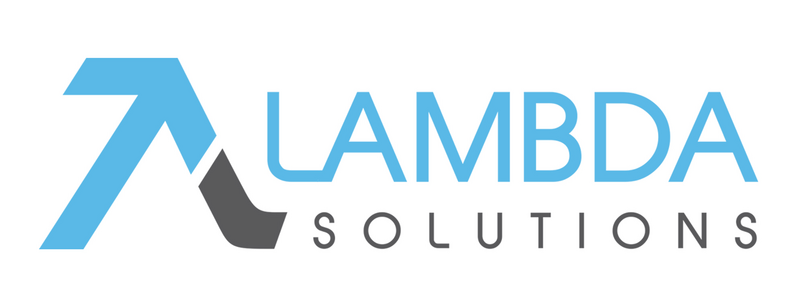Professional Partner Content
The Science of E-Learning: Understanding How Learners Engage With Content
Published Wed Dec 12 2018
As part of learning and development, the L&D team is responsible for keeping up with industry trends and discovering new ways to meet learners' expectations. In fact, a lot of e-learning resources focus on sharing the best practices and telling you how to design courses without explaining the science behind a good e-learning program design.
You need to achieve a deeper understanding of the purpose behind each program so you can develop better e-learning programs. Here are some of the key concepts to apply when you are developing programs adapting to the needs and goals of your organization.
How Do Students Approach Learning?
Students can have three attitudes towards learning. A surface learner will retain just enough information to pass a test or quiz without achieving a higher level of understanding or remembering information in the long term.
A deep learner will take the time to understand concepts and meaning, and will typically connect new knowledge with their own experiences or with things they have learned in the past. These learners will take additional steps to seek more knowledge outside of the e-learning platform.
The third attitude towards learning is called strategic learning. Learners combine elements of surface and deep learning to achieve the best outcome possible.
Based on the three attitudes, your goal should be to help learners switch from surface to deep learning. The material should be aligned with the personal goals of the learners, and should also have the options to choose the content they want to engage with.
The switch from surface to deep learning is all about learner engagement. Learners should see the beneficial outcomes when they successfully learn a new concept or acquire a new skill. They should also be able to experience the fun when they learn, track their progress and set their own learning goals. Rethinking your approach to evaluation could be beneficial; for instance studying for a quiz will not help learners adopt a growth mindset and get effective long-term value out of the training program.
Understanding Learning Styles
Everyone has a unique learning style, so one of the ways to accommodate the different types of learning styles is by developing a wide range of e-learning resources. Learners will benefit from having access to varied learning content.
Some of the common categories of learning and cognitive styles are:
Active and reflective learners. Active learners thrive in a situation with hands-on activities, while reflective learners need time to process new information on their own.
Sensitive and intuitive learners. Sensitive learners tend to be more interested in facts, while intuitive learners typically show interest in abstract concepts and need to find connections between concepts.
Visual and verbal learners. While a visual learner will prefer to engage with videos, images, or charts, a verbal learner will retain information if they rephrase it in their own words.
Sequential and global learners. Sequential learners retain information more effectively when linear storytelling is used. On the other hand, global learners need to see the big picture first and can then learn about the details.
Learners rarely fall into a single category and are typically somewhere in the middle of these categories. Customizing the learning experience is a great way to help learners find resources that match their preferred style of learning. You can use data from quizzes or surveys to collect feedback to determine what format helps each learner retain information more effectively.
Your organization will benefit from balancing between competency-based learning program and creating a growth mindset by having learners play an active role in choosing the content they can engage and retain.

